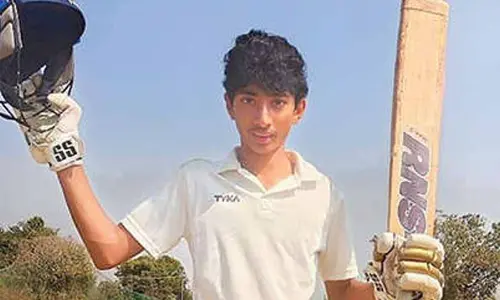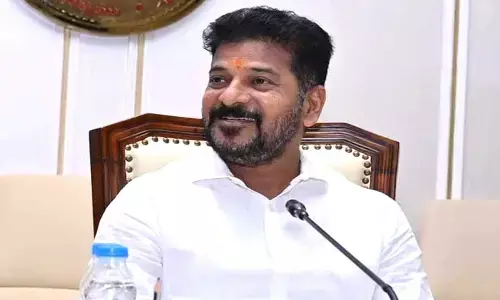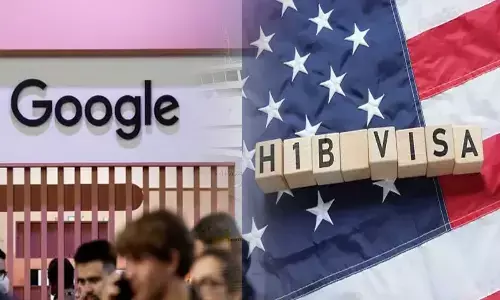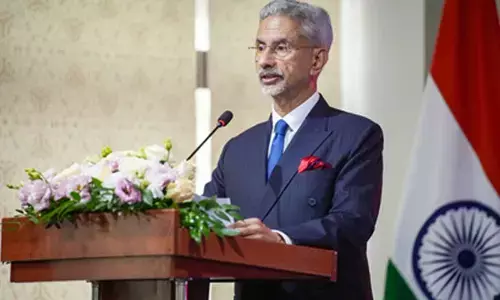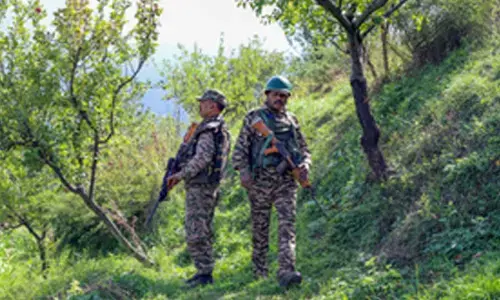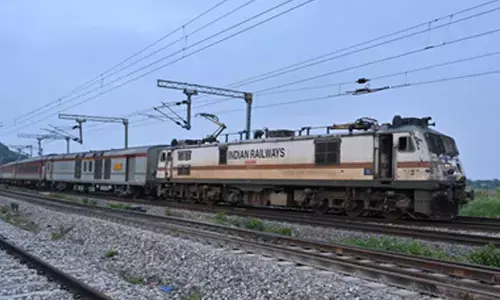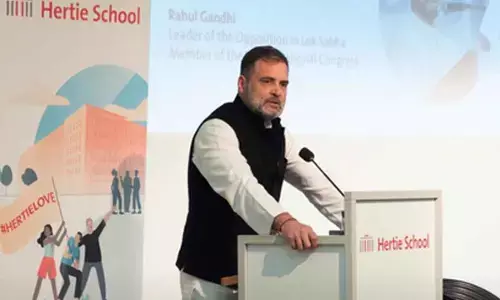Ram temple in Ayodhya and the question of faith

Ram temple in Ayodhya and the question of faith
Let's go to Ayodhya again
Let's go to Ayodhya again. On August 5, Prime Minister Narendra Modi went to Ayodhya, the birthplace of Ram, in connection with the Bhoomi Pujan for the Ram temple. There was nothing unlawful about it. Following the Supreme Court verdict on the issue, the head of the government was participating in the ceremony for the construction of the temple organised by the Sri Ram Janmabhoomi Teertha Kshetra Trust. The event was telecast live on Door Darshan and other channels took live footage from Door Darshan.
This happened even as people are still corona stricken! At a time of crisis, the Prime Minister sought refuge in Sri Ram for the welfare of the people of the entire country. On the one side, when under the leadership of the Prime Minister, the call of 'Jai Shri Ram' from BJP reverberated across the country, Leftist liberals, the public intellectuals began to say, "This is the BJP's communal politics. Vote centric, the politics of religious polarisation! In the course of the corona pandemic, initially the Tablighi Jamaat international conference was made the reason for targeting Muslims, and now has begun the politics of Ram temple construction. The temple will be constructed ahead of the next Lok Sabha election. Therefore, the abolition of Section 370 in Kashmir, going ahead with the triple talaq legislation and proceeding towards a uniform civil code and amending the citizenship Act are part of the implementation of BJP's party manifesto."
I have been in Delhi for a long time now. For more than three decades, I've seen developments in India's Hindi belt. Quite frequently, I visit cities like Varanasi, Allahabad, Patna and Indore. I go to cities on the banks of the river Ganges and Narmada and I see how people there are moved by chants of 'Jai Sri Ram'. Sitting in Bengal, it is very difficult to understand the 'vibrating soul' of the Hindi belt. You might say the people of these states are not as educated as Bengalis, or that the reformation that took place in Hindu religion did not take place in these states. You can move a step ahead and ask why would I even compare Bengalis with people from Bihar and Gujarat? But why does the narrow priestly system still prevail in those areas of India? Why are people from the lower strata of society not merely fond of them but are also strict followers of the system?
There are quite a few TV channels like Sanskar and Astha. Crores of people watch these religious channels - in just the same way that Bengalis nowadays have started listening to clairvoyants or astrologers on television and YouTube. On one such religious channel I saw a spiritual leader who, while repeatedly praising Modi, said, "This Ram Mandir construction is such a colossal event. Satisfied by the splendid task of the construction of the temple, the Lord will remove corona from this country."
I feel that in the Hindi belt - and, surprisingly, even in Bengal - the number of believers in "Jai Sri Ram" is growing. I would like to point the finger of blame at the so-called modernists, atheists, trans-nationalists, liberals, socialists and Marxists in this country. Why did we give the opportunity to turn the Shastras, or the study of Sanskrit into subjects connected with Hindutva?
A book titled, "Unsettling the Past" edited by DD Kosambi's daughter was published in 2013. Apart from the old essays and letters by Kosambi, the publication included various essays of Romila Thapar, Ranajit Guha and Kunal Chakrabarti. These theorists, while evaluating Kosambi on many issues, also criticised him. But they were all agreed that: (a) Sanskrit is a strong and scientific language, the transition from Prakrit to Sanskrit is a historical event. But, he showed in terms of Marxist classification how Sanskrit got transformed into an elitist language of the ruling classes; (b) the upper castes, especially the Vedic Brahmin priestly system, limited Sanskrit and education to a small group; and (c) Kosambi, while reviewing the Indus Valley Civilization of Mohenjodaro to the Aryan culture, then the history of Ashoka and the Mauryan dynasty showed how the study of Puranas and religion had always been linked to Indianness.
Today, what if I raise the question that even after independence why did the rulers withdraw from the priestly system of Indian religion theism - Sanskrit, Ramayana, Mahabharata and failed to attach and spread it amongst the masses? Sanskrit was declared a 'dead language'. I am not saying that after Nehru became the Prime Minister, he was wrong to call heavy industry like the steel industry a 'temple'. At that time, Bhakra Nangal or the steel plants at Bhilai and Rourkella were more necessary than Gandhi's rainbow. But for that reason, by saying the practice of Hinduism of the past meant superstition, the attempt to establish a socialist philosophy of life influenced by Soviet atheism was gravely unjust. And Modi-Amit Shah's Ayodhya project, which actually is the property of no single party, has become the counter-image to that. This wealth belongs to all the people of India.
Now, it is like if I narrate to you the story of Greek goddess Athena then I am progressive but if I tell you the story of how, under the curse of sage Vishwamitra, king Harishchandra donated everything and became an outcast in Kashi, I will become a superstitious Hindutva fanatic and so on. At Harvard University, scholars like Diana L Eck are now doing research on Indian religion. Bihani Sarkar researched the greatness of the Indian Shakti cult or Goddess Chandi at the Oriental Institute of Oxford and the University of Hamburg, Germany. Abroad, there is increasing research on Indian religion and philosophy. But we ended up forgetting Kosambi. Marxists think that he was not an ideal Marxist, he was anti-Stalin. However, the Sangh Parivar considers him to be a Marxist.
I will end this article by relating a true story from my college days. We stayed in Howrah, Shibpur and our senior, Asim Chattopadhay (not uncle), known as our foremost leftist, lived in Sankrail at that time. A man of honesty, he lived among the poor people of the village and quietly served society. Once, he said that, "Even today in villages people call for a shaman when there is a snake bite. They perform exorcism."
We were then active workers in science and scientific organisations. We would call a meeting against superstition at Curzon Park, organise a march on Hiroshima Day. For the first time, I learnt the difference between superstition and so-called superstition from Asimda. The people for whom you've failed to provide an alternative medicine, if the poor man takes refuge in the shaman to regain his will power, and in some cases lives are saved as a result, do I have the right to take that faith away from them?
Marx described religion as the opium of the masses, but he also said that it is the sigh of the oppressed - but that we have forgotten. Karl Marx's son-in-law Paul Lafargue had an interest in research in religion and superstitions. He had written a book as well about that - he showed how religion and superstition were still working among people to overcome the lack of security in tribal and rural society.
To become modernists we, instead of fighting against a rigid priestly system, created our own atheistic fantasy, which the majority of the people of India failed to accept. We ended up stealing from the house of thoughts. Narandra Modi went to Ayodhya, and from Hindi Belt to even Bengal cries of 'Jai Sri Ram' are being heard. And where are we? We've got it all upside down.
(Jayanta Ghosal is a senior journalist.
The views expressed are personal)









